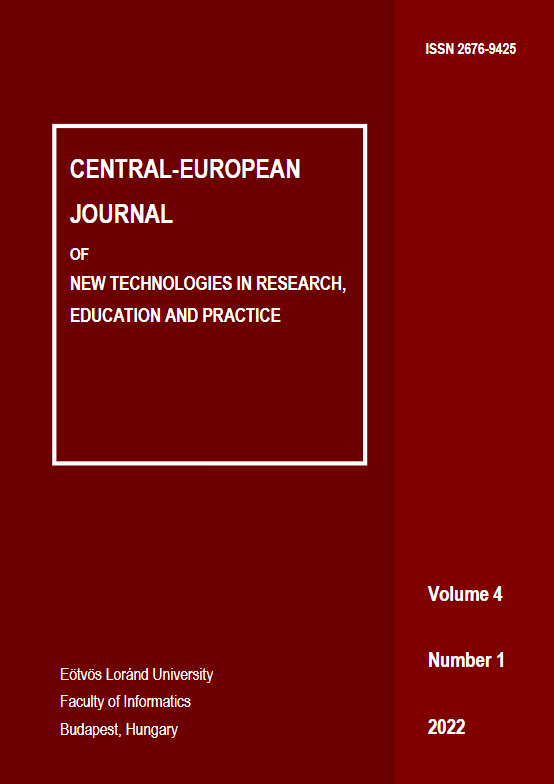ADOPTING COMPUTER SCIENCE PEDAGOGICAL PATTERNS IN DEVELOPING AND ENHANCING COMPUTATIONAL THINKING AMONG ZERO-YEAR ENGINEERING STUDENTS
DOI:
https://doi.org/10.36427/CEJNTREP.4.1.2963Keywords:
Computational Thinking, Pedagogical Patterns, Computer Science Pedagogical Patterns, Scratch Programming Course, Engineering StudentsAbstract
Prospective undergraduate engineering students are assumed to possess Computational Thinking (CT) skills through basic programming. They are thus required to have considerable programming experience to enable them to execute tasks involving CT skills. Unfortunately, this is not the case as existing studies demonstrate lack of these skills, leading to poor academic performance. This was the case with first-year computer science international students at Eötvös Loránd University, faculty of Informatics, prompting the management to seek the causes of poor academic performance among the students and proper interventions. Two intervention courses were created to help develop and enhance CT among the students – Introduction to Computational Thinking and Scratch Programming. Apart from inculcating CT among learners, another underlying concern is that teachers are not keen to embrace CT approaches in the classroom. This is attributed to lack of time in utilising machine technology and lack of pedagogical skills. This was the case when the Scratch programming course was first offered. Like teaching any other subject, CT teachers require a collection of pedagogical experiences to enable effective CT teaching, including pedagogical patterns. Therefore, this paper demonstrates the adoption of computer science (CS) pedagogical patterns in the designing and teaching Scratch Programming course to zero-year students in the faculty to develop and enhance CT. The patterns established through the literature review were deployed in the development and delivery of the course. The survey was conducted to establish the effectiveness of the tool.

 Copyright ©Central-European Journal of New Technologies in Research, Education and Practice, 2019-2023
Copyright ©Central-European Journal of New Technologies in Research, Education and Practice, 2019-2023